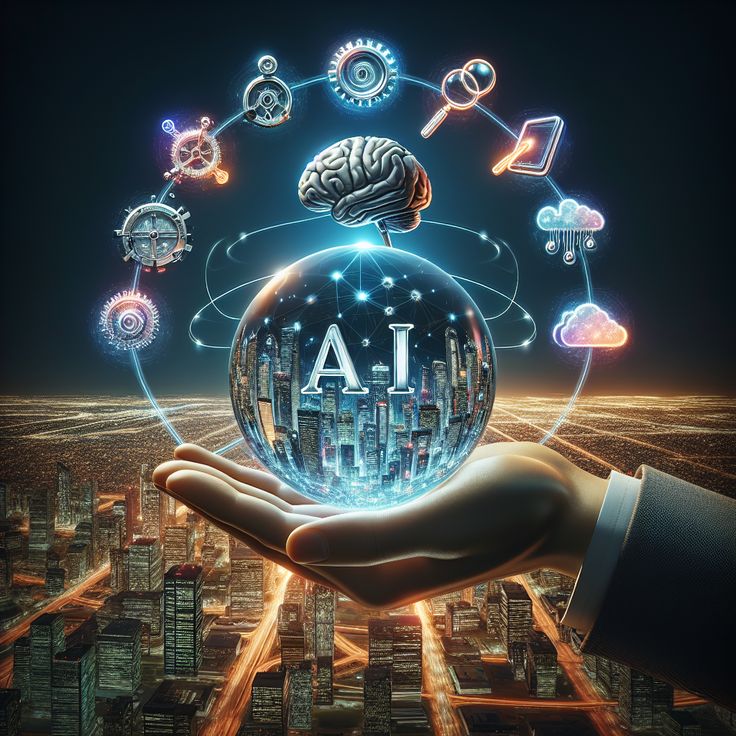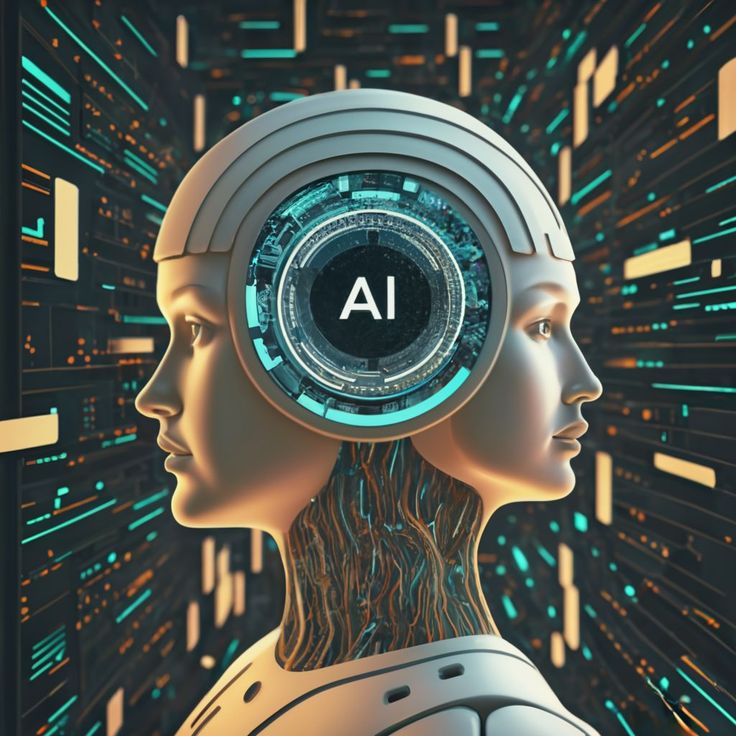1. Introduction
Natural Language Processing (NLP) has become an essential technology in today’s interconnected world, significantly influencing how we communicate across languages. At the heart of NLP is its application in real-time translation, which enables instantaneous communication between speakers of different languages. This capability is crucial in various contexts, including business, travel, education, and social interactions. This article explores the various NLP models used in real-time translation and highlights their practical applications.
2. Understanding NLP Models for Translation
NLP models are algorithms designed to process and analyze human language. Over the years, several models have been developed for translation purposes:
- Statistical Machine Translation (SMT): One of the earlier methods, SMT relies on statistical models to generate translations based on probability distributions from a bilingual corpus. While effective, it often struggles with context and idiomatic expressions.
- Neural Machine Translation (NMT): This approach uses neural networks to produce more fluent and contextually accurate translations. NMT models learn to translate by analyzing entire sentences rather than word-by-word, which allows for better handling of syntax and meaning.
- Transformer Models: Introduced in the groundbreaking paper “Attention is All You Need,” Transformer models leverage self-attention mechanisms to understand contextual relationships between words. This architecture has led to significant improvements in translation quality and speed.
Each of these models has its strengths and weaknesses, but the evolution towards neural and transformer-based models has revolutionized how translations are performed in real time.
3. Key Applications of NLP Models in Real-Time Translation
3.1. Speech Translation
NLP models enable real-time speech translation, converting spoken language into translated text almost instantaneously. Applications like Google Translate’s conversation mode facilitate multilingual conferences, allowing participants to communicate seamlessly across language barriers. This technology is especially valuable for tourists who can engage with locals without the need for a human interpreter.

3.2. Text Translation
Instant text translation tools have become ubiquitous in our daily lives. Applications such as Google Translate and Microsoft Translator allow users to translate written text in real time, whether it’s during a chat on messaging apps or while navigating a foreign website. These tools have made customer support more efficient by enabling companies to assist clients in their native languages without extensive human resources.
3.3. Video Translation and Subtitling
Real-time translation in video streaming and conferencing platforms enhances communication in diverse settings. Services like Zoom and Microsoft Teams are now incorporating automatic subtitling features that translate spoken words into different languages in real time. This application is beneficial for online learning environments, enabling students from various linguistic backgrounds to engage with the content effectively.
3.4. Augmented Reality (AR) and Virtual Reality (VR)
The integration of NLP models into AR and VR environments has opened new avenues for immersive experiences. For instance, language translation in gaming allows players from different regions to communicate fluidly. Virtual meetings that utilize real-time translation enhance collaboration among teams spread across the globe, creating a more inclusive work environment.
3.5. Social Media and Content Creation
NLP models are playing an increasingly important role in translating social media posts and user-generated content. Platforms like Facebook and Instagram leverage real-time translation to help users connect and engage with content from around the world. This capability has significant implications for global marketing strategies, allowing brands to reach wider audiences while respecting linguistic diversity.
4. Benefits of Using NLP Models in Real-Time Translation
The adoption of NLP models in real-time translation brings several benefits:
- Improved Accuracy and Fluency: Modern NLP models provide more accurate translations that preserve the nuances and meanings of the original text, making communication smoother.
- Enhanced User Experience: Real-time translation tools offer faster translation speeds, allowing for seamless conversations without significant delays.
- Accessibility: These technologies make information accessible to non-native speakers, fostering inclusivity in various contexts, such as education and business.
5. Challenges and Limitations
Despite the advancements in NLP models, several challenges remain:
- Cultural Nuances: NLP models can struggle with idiomatic expressions, cultural references, and humor, leading to awkward or incorrect translations.
- Contextual Understanding: While NMT and Transformer models have improved context handling, they can still misinterpret phrases if not trained adequately on specific language pairs.
- Ethical Considerations: The reliance on automated translation raises concerns about data privacy, especially when sensitive information is processed through these systems.
6. Future Trends in NLP for Real-Time Translation
The future of NLP in real-time translation is promising, with several trends emerging:
- Emerging Technologies: Continuous advancements in deep learning and AI are expected to enhance translation quality further.
- Improved Personalization: Future models may incorporate user-specific preferences, leading to more tailored translations based on individual linguistic styles.
- Integration with Other Technologies: The fusion of NLP with technologies like the Internet of Things (IoT) and 5G will likely facilitate even more sophisticated real-time translation applications.

7. Conclusion
NLP models have transformed real-time translation, making global communication more accessible and effective. As technology continues to evolve, the potential for these models to bridge language gaps and enhance cross-cultural interactions is vast. By embracing these innovations, we can foster a more connected world, where language barriers no longer hinder communication.
8. References
- Vaswani, A., et al. (2017). “Attention is All You Need.”
- Wu, Y., et al. (2016). “Google’s Neural Machine Translation System: Bridging the Gap between Human and Machine Translation.”
- Devlin, J., Chang, M. W., Lee, K., & Toutanova, K. (2018). “BERT: Pre-training of Deep Bidirectional Transformers for Language Understanding.”
- Kocmi, T., & Bojar, O. (2018). “Trained by the Cloud: The Role of Pre-trained Models in Neural Machine Translation.”
FAQs
1. What are NLP models, and how do they relate to real-time translation?
NLP models are algorithms designed to process and analyze human language. In real-time translation, these models convert spoken or written text from one language to another instantly, enhancing communication between speakers of different languages.
2. What are the most commonly used NLP models for translation?
The most commonly used NLP models for translation include Statistical Machine Translation (SMT), Neural Machine Translation (NMT), and Transformer models, with Transformers being the most advanced due to their self-attention mechanisms.
3. How does speech translation work?
Speech translation uses NLP models to convert spoken language into text, which is then translated into the target language in real time. This process often involves automatic speech recognition (ASR) followed by translation.

4. What are some popular applications for real-time translation?
Popular applications include Google Translate for text translation, video conferencing platforms like Zoom with live captions, and social media translation features that help users engage with content across different languages.
5. What are the benefits of using NLP in real-time translation?
The key benefits include improved accuracy and fluency, faster translation speeds, and increased accessibility for non-native speakers, allowing for more effective communication in diverse contexts.
6. What challenges do NLP models face in real-time translation?
Challenges include accurately translating idiomatic expressions and cultural nuances, achieving contextual understanding, and addressing ethical concerns related to data privacy and reliance on automated systems.
7. How do Transformer models improve translation quality?
Transformer models utilize self-attention mechanisms, allowing them to consider the relationships between all words in a sentence simultaneously. This results in more accurate translations and better context handling compared to traditional methods.
8. Are there any future trends in real-time translation technologies?
Future trends include advancements in deep learning, improved personalization of translations, and integration with other technologies like the Internet of Things (IoT) to enhance real-time translation capabilities.
9. Can real-time translation be used in educational settings?
Yes, real-time translation can significantly enhance educational experiences, especially in multicultural classrooms, by providing immediate translations of lectures and facilitating communication between students and teachers.
10. How can I implement real-time translation in my business?
To implement real-time translation in your business, consider using established translation tools or APIs, integrating them into your communication channels, and training staff on how to utilize these technologies effectively.
Tips for Using NLP Models in Real-Time Translation
- Choose the Right Tool: Evaluate different translation tools based on your specific needs, such as text, speech, or video translation. Tools like Google Translate or Microsoft Translator may be suitable for general use.
- Leverage Pre-trained Models: Use pre-trained NLP models for better performance and quicker implementation. Many models are available for various languages and contexts.
- Provide Context: When using NLP for translation, ensure that the text or speech includes sufficient context to improve accuracy. This helps models understand the intended meaning better.
- Regularly Update Models: Keep your translation tools and models updated to benefit from the latest advancements in NLP technology, which can enhance translation quality and speed.
- Incorporate User Feedback: Encourage users to provide feedback on translations, helping to identify areas for improvement and refining the translation models over time.
- Educate Your Team: Train your team on how to use translation tools effectively, including best practices for inputting text or speech to achieve better results.
- Monitor Performance: Regularly assess the performance of your translation tools to identify any issues and optimize their use for your specific applications.
- Stay Informed on Trends: Keep up with advancements in NLP and translation technologies by following industry news, attending conferences, and participating in online communities.
- Consider Ethical Implications: Be mindful of data privacy and ethical concerns when using automated translation tools, especially in sensitive contexts.
- Explore Integration Opportunities: Look for ways to integrate real-time translation into your existing systems, such as customer support chatbots or video conferencing platforms, to enhance communication with global audiences.